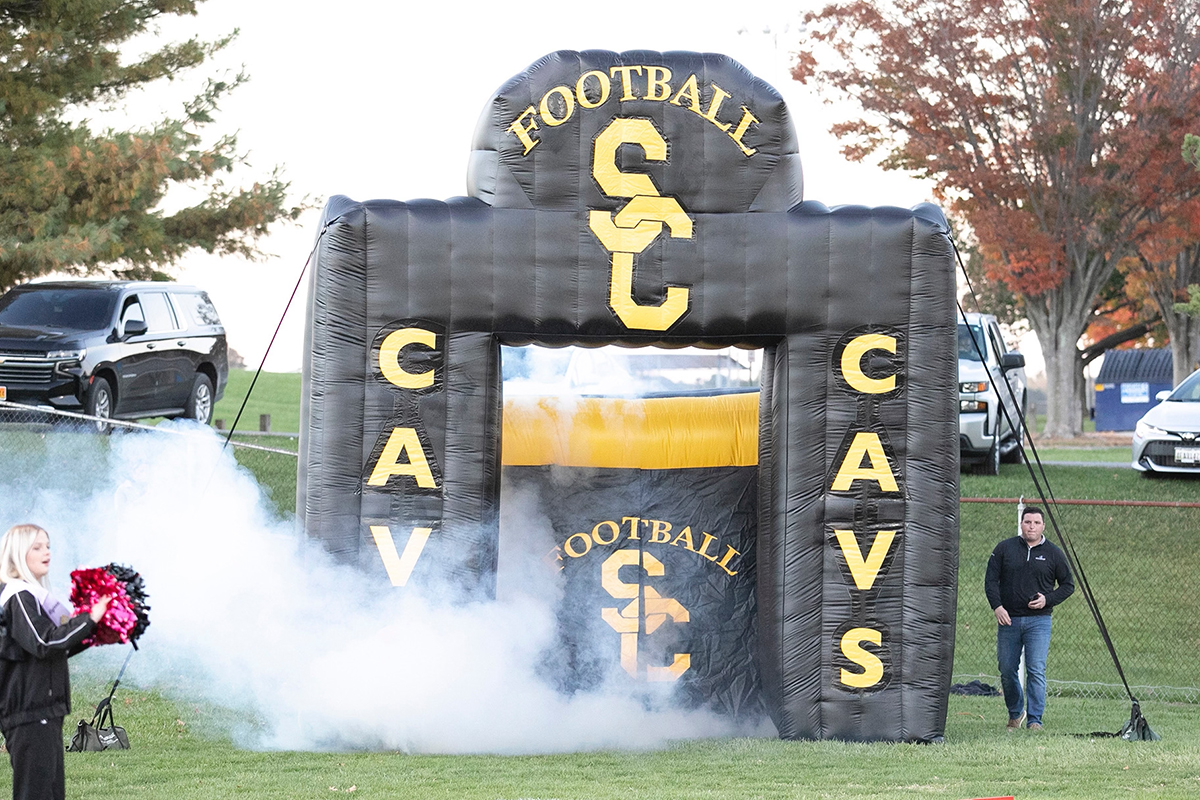Off-Season Weightlifting – 6am Club
“Don’t show up with $100.00 shoes and a 10 cent Squat.” - Louie Simmons
We believe that strength training is important for athletes across all sports — but for football players, it’s the very foundation for safe competition. Good football players get off the line quicker, sprint faster, and make more powerful blocks than less-explosive athletes. It’s no secret: athletes with greater strength levels have the potential to produce more power (explosiveness) than weaker athletes.
Start training
This is where a strength and conditioning program can make the difference. Our program will not only help to develop these athletic qualities, but also help our athletes progress from general strength-building movements to more sport- or position-specific skills as the season approaches, to effect the best transfer from weight room to the field.
01. Lift heavy.
You need a combination of muscle damage (that hurts-so-good soreness after a great workout), mechanical tension (the sheer strain of lifting something heavy), and metabolic stress (that “burn” you feel from your muscle really working). Both heavy-weight and high-rep training check those three boxes and will ultimately build strength. As you add additional weight, you will typically lift on the lower end of reps (as few as 1-5 for some people). That doesn’t sound like much, but by doing so, you’re increasing your overall maximum strength and greatly improving your ability to lift heavier weights.
02. Do the right number of reps and sets.
Begin with one set of each exercise, comprising as few as 5 reps, no more than twice a week. Gradually increase, over a few weeks, to one set comprising 8 to 12 reps for each exercise every second or third day. Once you can comfortably do 12 reps of an exercise you should look at progressing further. Options include increasing weight or resistance – thus increasing the intensity of muscular effort – or increasing the number of sets of each exercise to 2 or 3.
03. Do the right exercises.
We advocate multi-joint exercises (think squats and deadlifts) as the backbone of any strength training program. The squat, deadlift, and bench press are the best strength-building exercises, period. The chinup and row are great moves too, but don’t make them the focus of your workout — they can be assistance lifts to complement exercises like the bench and shoulder press, keeping your pulling muscles in balance with the pressing ones.
04. Recover.
“Recovery is one of the most important aspects of a successful training regimen, but for some reason, it’s commonly overlooked,” says John Gallucci, Jr., D.P.T., president of JAG Physical Therapy. “Especially after intense or prolonged training, your body needs time to repair tissues that have broken down.” That’s how your muscles change, adapt, and ultimately, get stronger. Simply put, when you ask your body to jump right back into performance mode too soon, it interrupts its natural rebuilding process, and can prevent you from reaching your goals.
Remember, exercise is just part of the fitness equation. Getting quality sleep and proper nutrition can maximize all of the sweat sessions (especially post-workout). Vary the reps/sets every few weeks to prevent boredom and keep the body guessing. Keep progressing workouts to avoid hitting the wall and transform into a lean strength training machine!
Tweet











